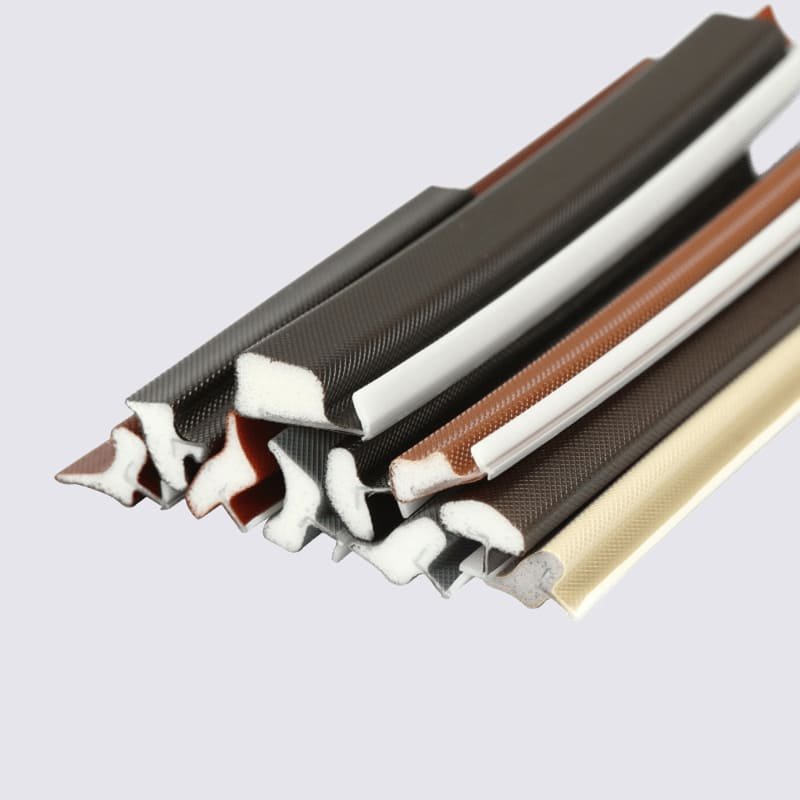Fuel hoses carry the lifeblood of your vehicle’s engine – gasoline or diesel. This automotive fuel hose connects components like the fuel tank, fuel pump, fuel filter, and fuel rail so fuel can flow to the engine and keep it running. Due to their crucial function, automotive fuel hoses demand careful consideration.
What Are Automotive Fuel Hoses Made Of?
Automotive fuel hoses are typically made from either rubber, silicone, or nylon. Each material has its advantages and disadvantages:
- Rubber hoses are the most common and economical option. They are resistant to heat, kâld, gas, and oil. lykwols, rubber hoses degrade over time and require regular replacement.
- Silicone hoses are more resistant to heat, kâld, engine fluids, and ozone degradation. They are longer lasting but also more expensive than rubber.
- Nylon hoses are extremely resistant to fuel, oalje, en ozon. They are very durable and long lasting, but less flexible than rubber and silicone. Nylon hoses also have a higher risk of developing cracks.
Selecting the right material for your automotive fuel hose depends on factors like application, cost, and lifespan requirements. For general use, rubber or silicone hoses are good options, while high-performance and racing applications may utilize nylon hoses for their strength and rigidity.
Why Is Replacing Automotive Fuel Hoses Important?
Fuel hoses gradually degrade over time due to exposure to heat, road debris, engine fluids, en trilling. Cracks, splitst, and weak spots inevitably develop, which can cause issues like:
- Fuel leakage – Leaking fuel hoses can drain your fuel tank and leave you stranded, while also posing a fire hazard.
- Loss of suction – As fuel hoses age, they lose the flexibility required to maintain a tight seal and proper suction at connections. This can disrupt fuel flow.
- Damage to fuel components – Leaking fuel from worn hoses can also damage components like the fuel pump, fuel filter, and fuel injectors.
- Reduced engine performance – Issues with fuel hoses reduce fuel delivery efficiency, causing diminished acceleration, power loss, and rough idling.
- Expensive repairs – Replacing damaged fuel components costs significantly more than simply replacing worn fuel hoses preventively.
The older your vehicle gets, the more important it becomes to inspect fuel hoses regularly and replace them at the first sign of deterioration. Even transparent or translucent fuel hoses should be replaced every 5-7 years as a general rule.
How Often Should Automotive Fuel Hoses Be Replaced?
Most experts recommend replacing rubber or silicone automotive fuel hoses every 5 nei 7 years as preventative maintenance, even if no visible cracks or wear are present. Oer de tiid, these materials inevitably become more brittle and prone to failure.
When replacing fuel hoses, it’s a good idea to change out the full set – not just one or two hoses. This ensures all the fuel delivery components are in optimal condition. If you notice a single bad hose, the others are likely approaching the end of their lifespan as well.
In addition to age, mileage is also a factor. Hoses with over 100,000 miles are likely to show some signs of deterioration, even if they appear intact. The constant vibration and flexing that occurs while driving eventually breaks down fuel hose materials.




